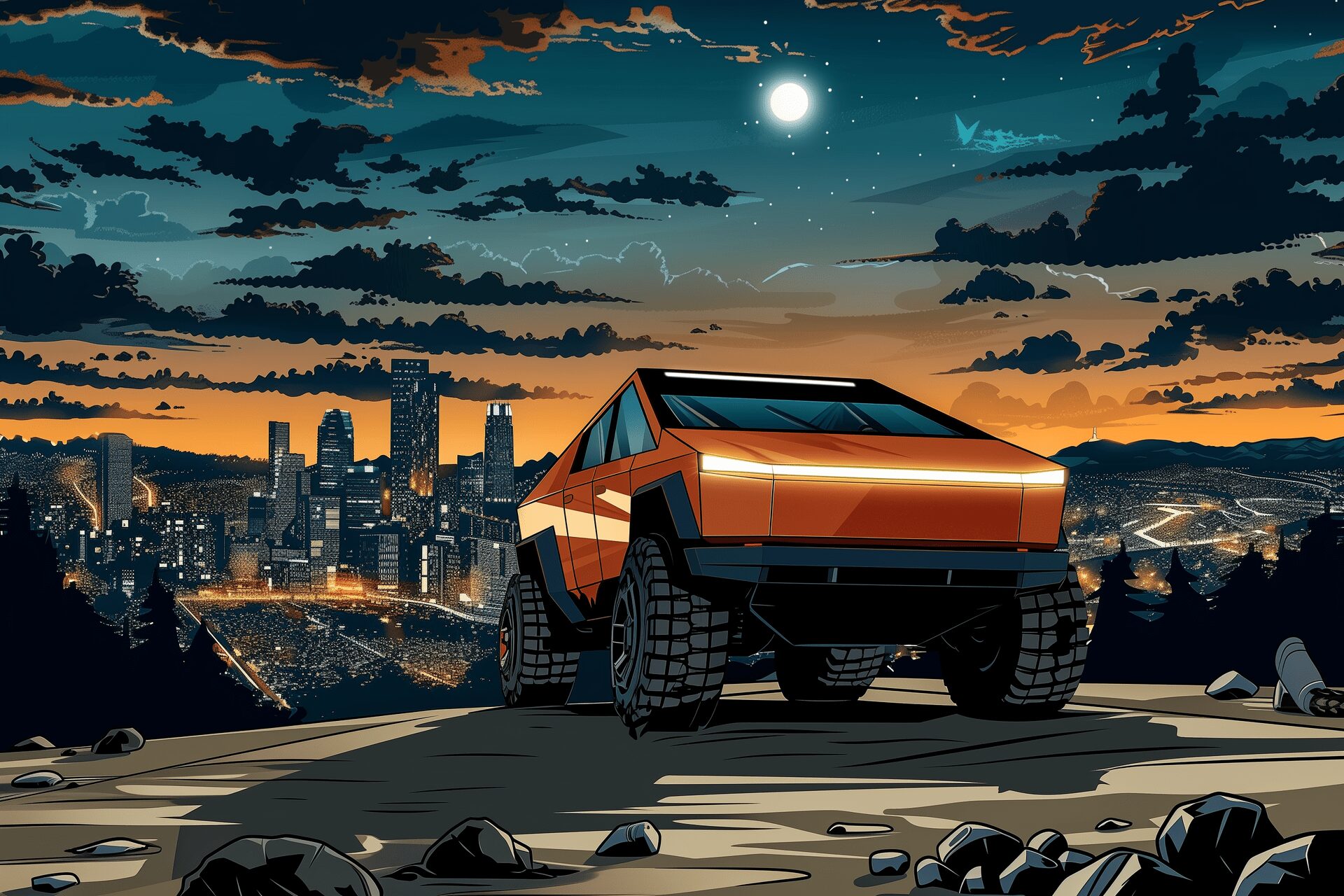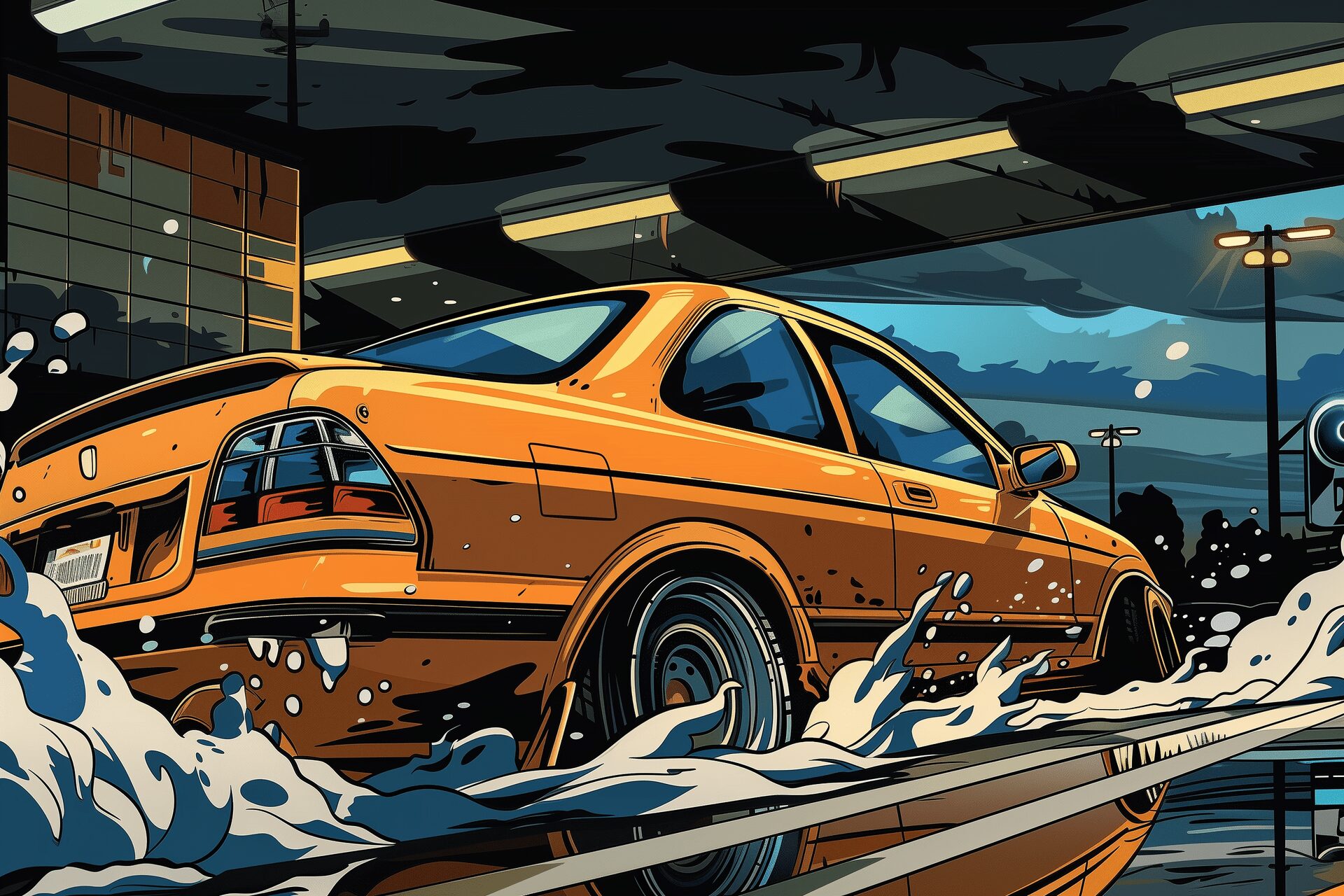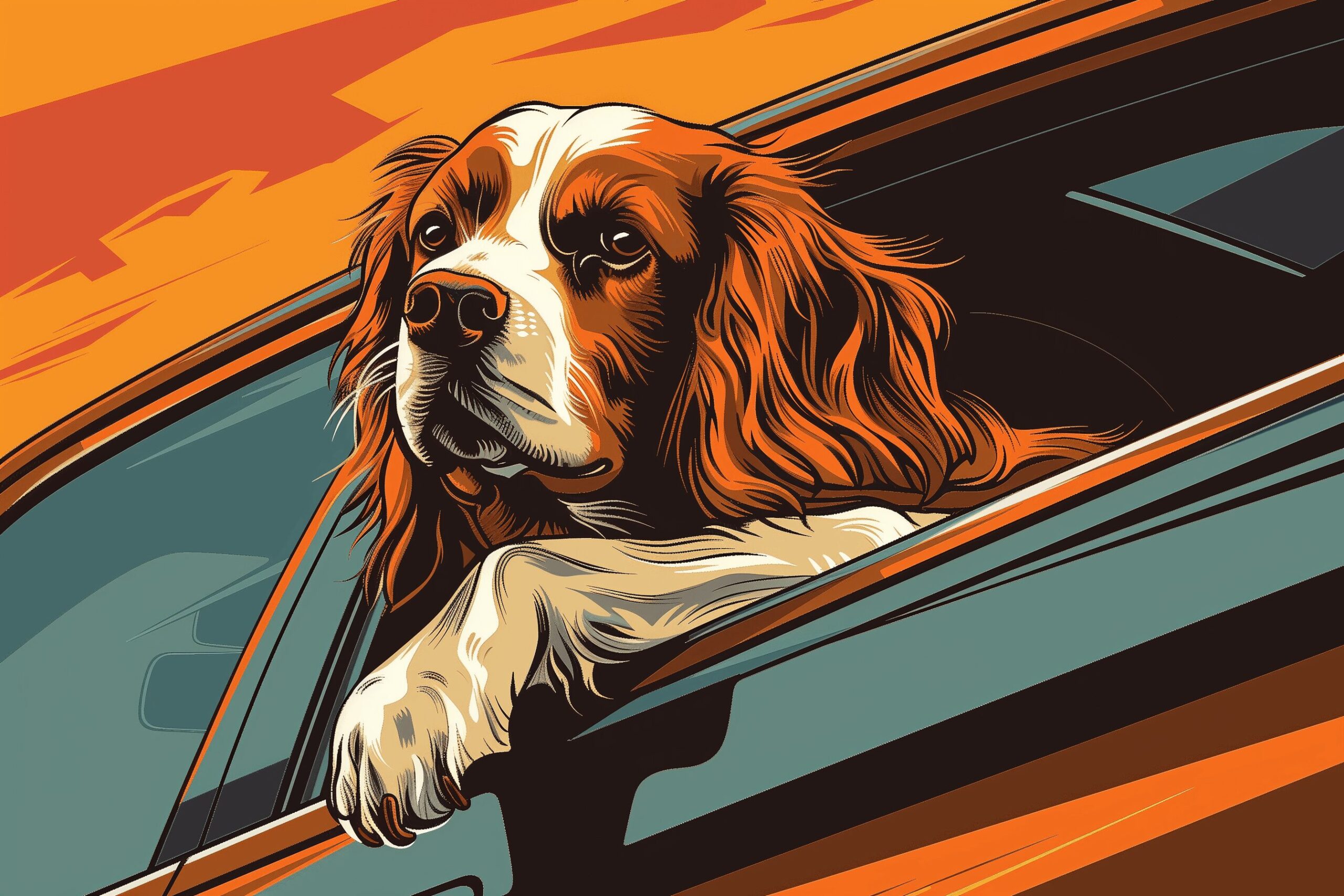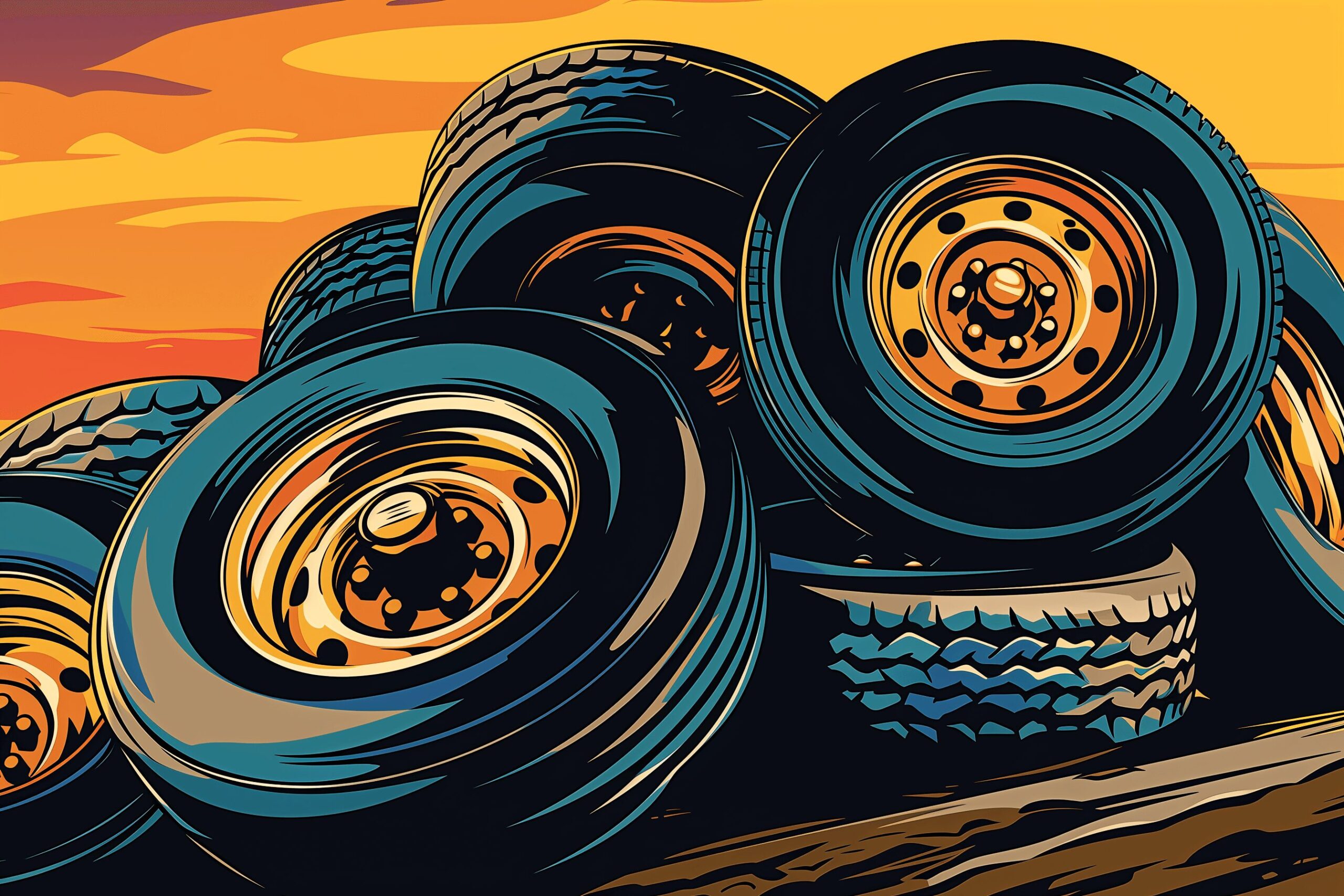Parts of a Car’s Transmission and What They Do
Jan 31, 2022
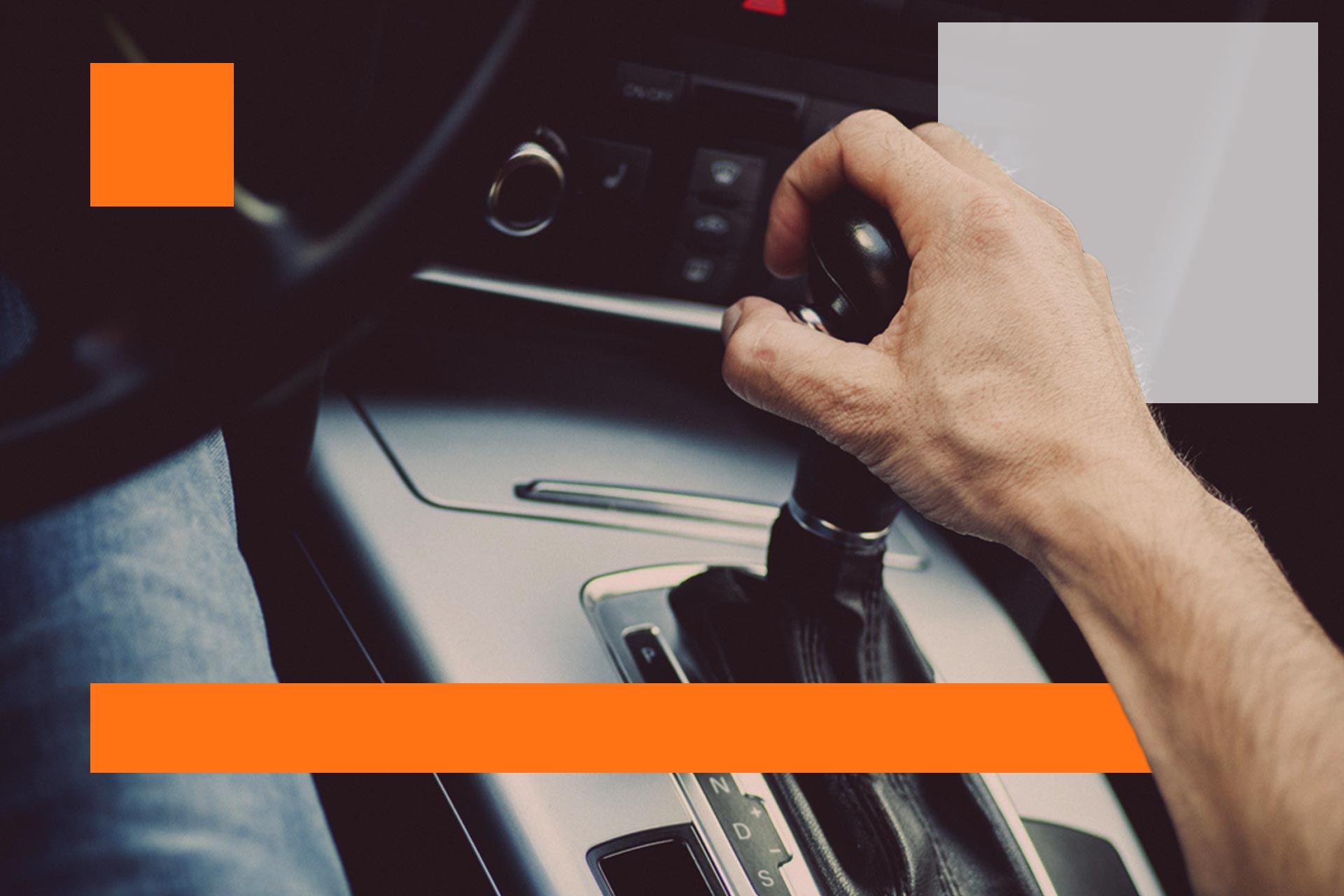
As an Amazon Associate, Modded gets commissions for purchases made through links in this post.
If you’re new to vehicle ownership, learning what’s under the hood of your car is a crucial step in maintaining your vehicle and increasing its longevity. One of the most important parts of your vehicle is the transmission system. Here’s everything you need to know about your car’s transmission system and all it’s main parts.
What is a Transmission System?
A car’s transmission system directs the engine’s explosive power to the wheels to make the car move. It’s also sometimes known as the “gearbox,” for reasons we’ll get into. The system has many functions:
- Connects/disconnects the engine from the wheels.
- Creates leverage between the engine and wheels.
- Allows the engine to slow down.
- Makes the wheels move at different speeds when necessary, such as when driving on curved roads.
- Causes the car to slip out of gear when the torque transmitted through it exceeds a safe amount, preventing further damages to the vehicle.
The engine would quickly spin out of control and overheat without the transmission. It’s essentially the engine’s moderator, controlling its energy output and limiting fuel consumption so your vehicle can run for long periods of time without overloading. It also changes gears – either automatically or manually – depending on the car’s speed and how much pressure you apply to the gas pedal.
What are the Parts of Transmission Systems?
Most vehicles on the road fall under one of two categories: automatic and manual. Both types have the same function of switching gears at the appropriate times to keep the engine’s revolutions per minute (RPMs) low and keep its workload at manageable levels.
Automatic Transmission
As the name suggests, this transmission system automatically switches gears for you as the vehicle accelerates and decelerates. All you need to do is put the vehicle in “Drive” and press on the gas pedal, and the automatic transmission system does the rest. These are its main parts:
- Transmission Casing: the outer layer that protects the transmission system from the elements.
- Torque Converter: the primary piece that sits directly between the engine and transmission. It runs on transmission fluid to transfer the engine’s power to the wheels. The converter has a few parts of its own: pump, turbine, stator and torque converter clutch.
- Pump: a fan that pumps the transmission fluid out from the center of the torque converter to the turbine. The pump rotates at the same speed as the engine’s crankshaft.
- Turbine: another fan-shaped tool that moves the transmission fluid back towards the pump. The key difference is that the turbine moves independently from the pump, which allows the engine to speed up and slow down.
- Stator: the mediator between the pump and turbine. It sends transmission fluid back and forth between the pump and turbine, increasing and decreasing the engine’s torque and accelerating the car.
- Torque Converter Clutch: as the car goes faster, the transmission system loses power as the fluid passes between the pump and turbine. Once the car reaches a certain speed, the torque converter clutch activates to synchronize the pump and turbine, allowing the car to maintain high speeds.
- Planetary Gears: this three-part tool allows the transmission system to automatically switch gears, including reverse and the five or six forward driving gears.
- Brake Bands: metal bands that keep the planetary gears stable as they rotate.
- Brake Clutches: a series of metal discs connected to the planetary gears. The clutch engages when the discs are pressed together, allowing the planetary gears to switch the car’s gear. All of this happens automatically as the car accelerates and decelerates.
While an automatic transmission is more convenient, easier to drive and thus usually gives a car a higher resale value, its fuel consumption isn’t as efficient since the gears don’t always change at the perfect time.
Manual Transmission
You switch the gears yourself using some unique parts with a manual transmission. Each piece plays a role in activating the clutch, shifting gears and releasing the clutch while managing the car’s velocity. The driver controls when the gears change by pressing the third pedal: the clutch. Here are the main parts:
- Clutch Disc: transfers torque from the engine to the transmission system. The driver controls this function by stepping on the clutch pedal.
- Clutch Pedal: the pedal that sits to the left of the brake and gas pedals. The driver can engage and disengage the clutch disc by pressing on this pedal.
- Collar: this device locks the gear selection in place when the clutch pedal releases, changing the torque output.
- Synchronizers: they align the speed of the gears and collar if they start moving at different speeds.
- Flywheel: a circular device that sends torque from the engine to the clutch disc.
- Gears: a manual transmission has gears of different sizes that generate different amounts of torque, allowing the vehicle to speed up and slow down.
- Selector Fork: moves the collars where they need to go.
- Stick Shift: the device that the driver uses to manually switch gears. It only works when the driver applies enough pressure to the clutch pedal.
While driving a car with manual transmission is more challenging and takes a good deal of practice, it also allows you to switch gears at the most opportune times. Manual vehicles are usually more fuel-efficient for this reason. If you take care of them, they can last a very long time compared to automatics.
Know Your Vehicle
Cars play a pivotal role in our daily lives. Every car owner has a responsibility to treat their vehicles with respect. Now that you know the transmission system’s function and its different parts, you know your vehicle a little better and can thus take better care of it.

